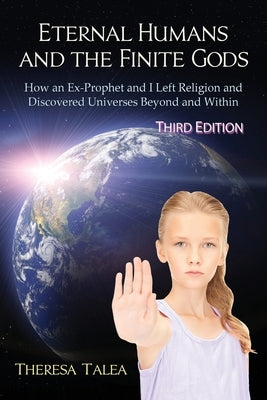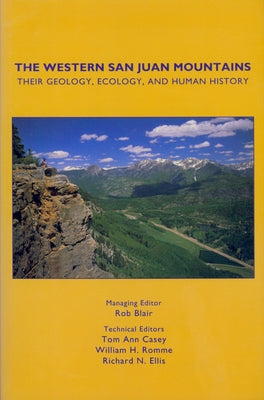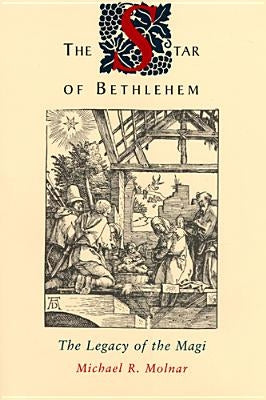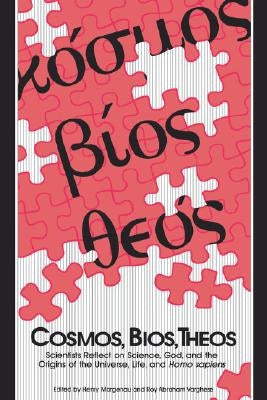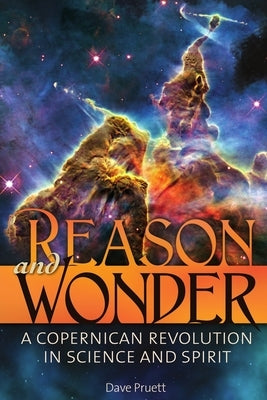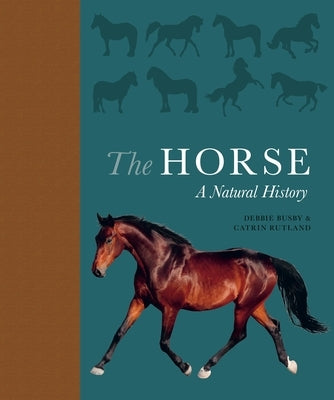Description
This enduringly popular undergraduate textbook has been thoroughly reworked and updated, and now comprises twelve chapters covering the same breadth of topics as earlier editions, but in a substantially modernized fashion to facilitate classroom teaching. Covering both theoretical and applied aspects of geophysics, clear explanations of the physical principles are blended with step-by-step derivations of the key equations and over 400 explanatory figures to explain the internal structure and properties of the planet, including its petroleum and mineral resources. New topics include the latest data acquisition technologies, such as satellite geophysics, planetary landers, ocean bottom seismometers, and fibre optic methods, as well as recent research developments in ambient noise interferometry, seismic hazard analysis, rheology, and numerical modelling - all illustrated with examples from the scientific literature. Student-friendly features include separate text boxes with auxiliary explanations and advanced topics of interest; reading lists of foundational, alternative, or more detailed resources; end-of-chapter review questions and an increased number of quantitative exercises. Completely new to this edition is the addition of computational exercises in Python, designed to help students acquire important programming skills and develop a more profound understanding of geophysics.
About the Author
Lowrie, William: - William Lowrie is Professor Emeritus of Geophysics at the Institute of Geophysics at Eidgenössische Technische Hochschule Zürich, Switzerland, where he taught geophysics and carried out research in rock magnetism and paleomagnetism. He graduated from the University of Edinburgh in 1960 with first class honors in physics, before completing a masters degree in geophysics at the University of Toronto and a doctorate at the University of Pittsburgh. He has been President of the European Union of Geosciences (1987-9) and Section President and Council member of the American Geophysical Union (2000-2). He is a Fellow of AGU and a Member of the Academia Europaea.Fichtner, Andreas: - Andreas Fichtner is Professor of Geophysics at Eidgenössische Technische Hochschule Zürich. He received his Ph.D. in 2010 from the University of Munich. His principal research interests include the development and application of methods for full seismic waveform inversion, resolution analysis in tomography, earthquake source inversion, seismic interferometry, and inverse theory. For his work, he received the Keiiti Aki Award from the American Geophysical Union, the Early Career Scientist Award from the International Union of Geodesy and Geophysics, and the Hoffmann Prize from the Bavarian Academy of Sciences. He is a former Fulbright scholar and a current member of the Young Academy of Europe.

